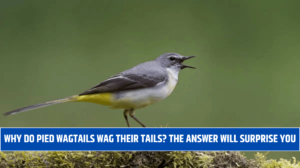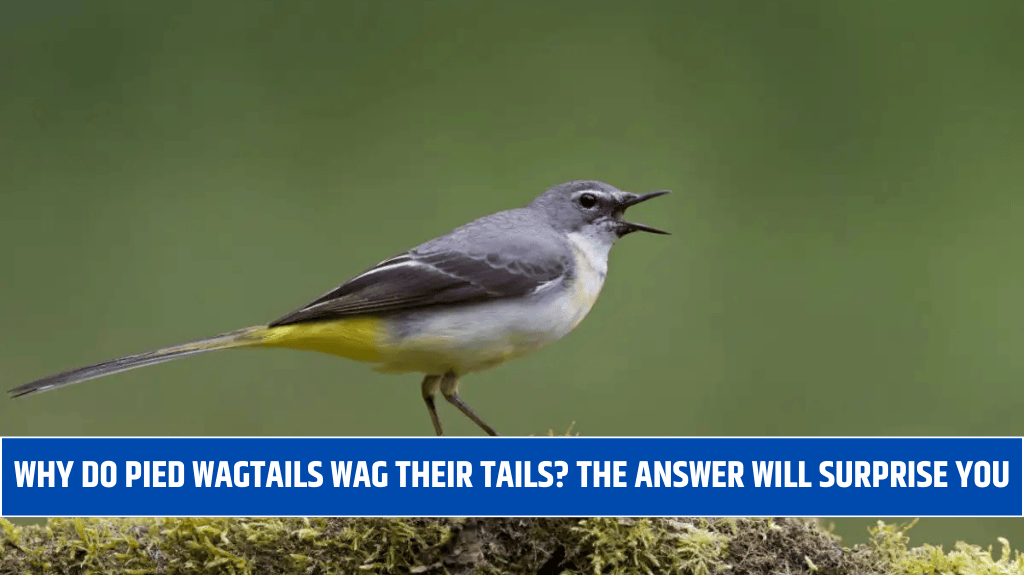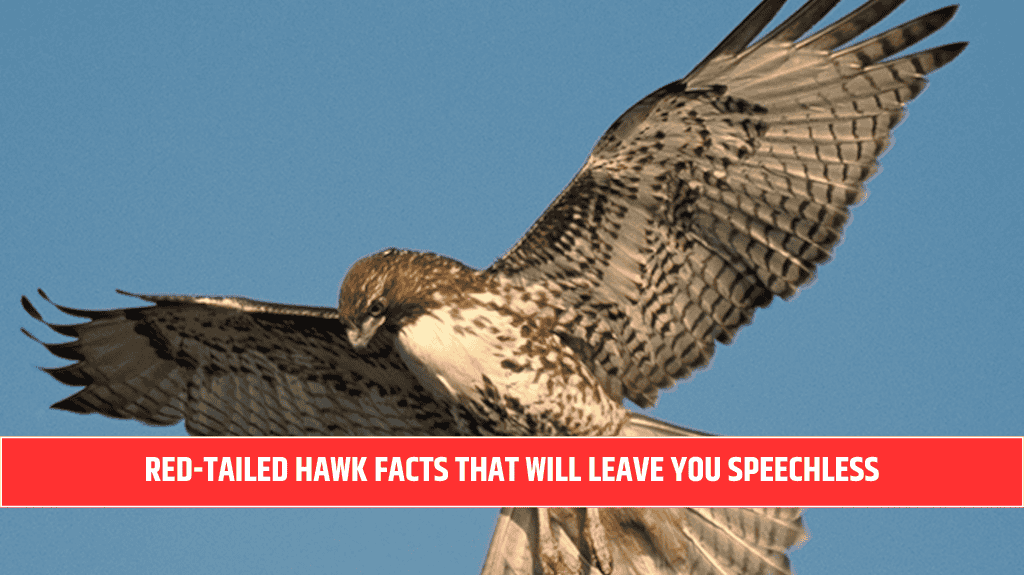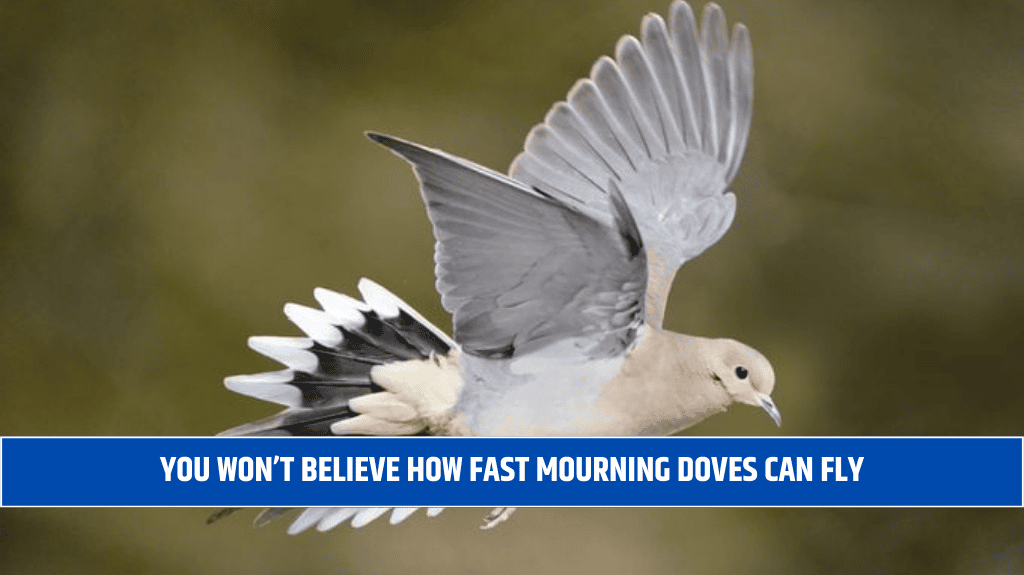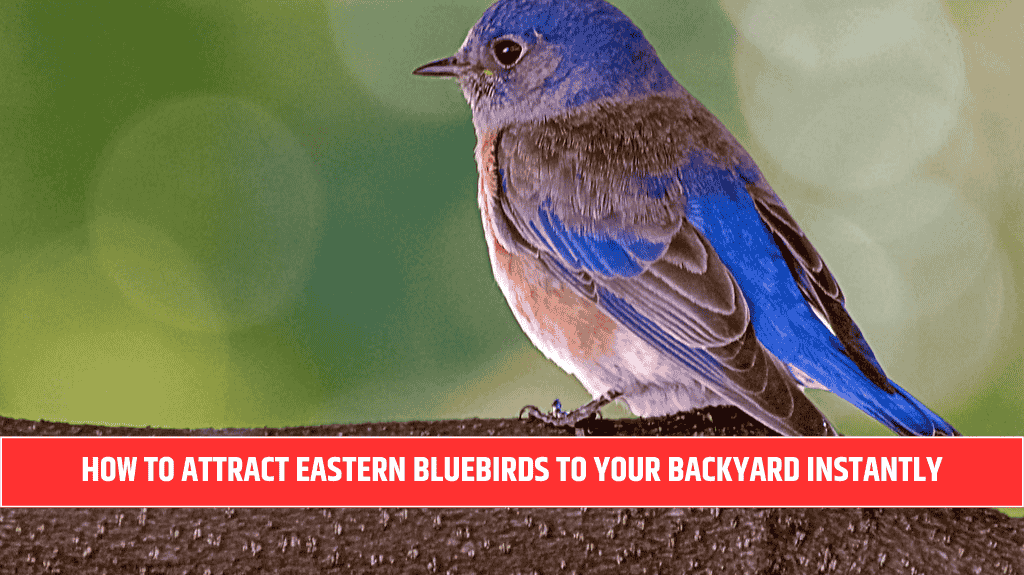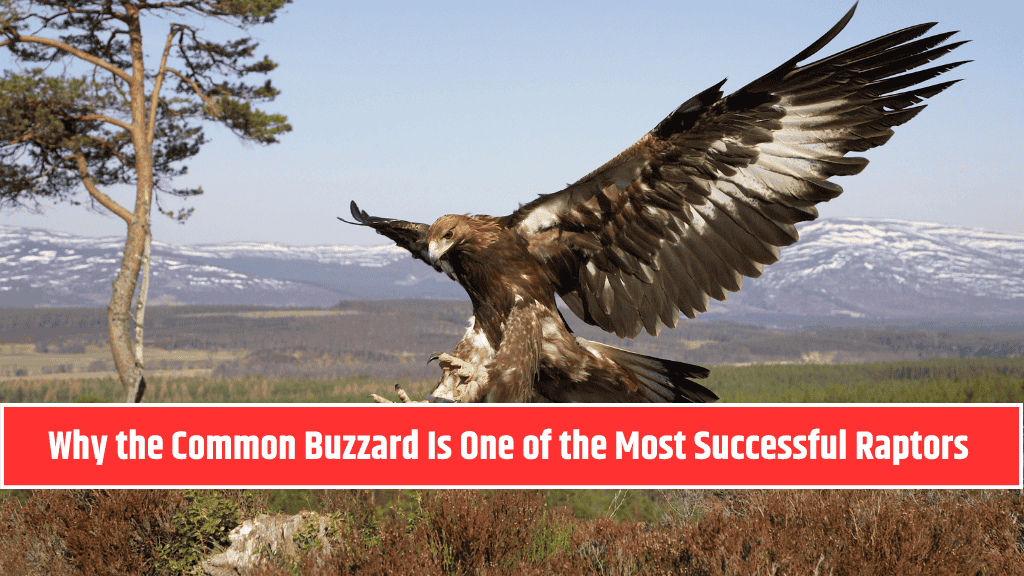Flamingos are among the most recognizable birds in the world, known for their striking pink feathers, long legs, and curved necks. These elegant birds are often seen standing on one leg in shallow waters, feeding on small aquatic creatures. But there’s much more to flamingos than just their looks. Let’s explore their diet, nesting habits, and unique adaptations that help them thrive in their environment.
Flamingo Overview
| Common Name | Greater Flamingo |
|---|---|
| Scientific Name | Phoenicopterus roseus |
| Type | Bird |
| Diet | Omnivore |
| Group Name | Colony |
| Size | 36 to 50 inches (height); 60-inch wingspan |
| Weight | 8.75 pounds |
What Do Flamingos Eat?
Flamingos have a unique way of feeding. Their diet includes shrimp, snails, and algae, which help maintain their bright pink color. When they find food, they dip their heads into the water, turn them upside down, and use their upper beak like a shovel to scoop up food. Their specially designed beaks filter out mud and water, keeping only edible bits.
How Do Flamingos Fly?
Flamingos can’t just take off into the sky like most birds. Instead, they use their webbed feet to “run” on water, gaining enough speed to lift into the air. Once airborne, they stretch their necks forward and their legs straight behind, creating a graceful sight as they soar across the sky.
Flamingo Nesting and Parenting
Flamingos build their nests along waterways, creating small mounds of mud with a shallow hole on top where the female lays a single egg. Both parents take turns sitting on the egg to keep it warm. After about 30 days, the egg hatches, and the baby flamingo, covered in soft white feathers, emerges.
How Do Baby Flamingos Grow?
- Newborn Flamingos: Flamingo chicks are born with straight beaks and soft white feathers.
- Parental Care: Both parents feed the baby a special fluid from their digestive system.
- Joining Groups: After five days, young flamingos leave the nest to form small groups. Parents recognize their chick by its voice.
- Independent Feeding: Around three weeks old, young flamingos join larger groups called crèches, where they start learning to find food on their own.
As they mature, their beaks begin to curve downward, and their white feathers gradually turn pink due to the pigments in their diet.
Are Flamingos Endangered?
Most flamingo species are not endangered, but some are at risk:
- Andean Flamingo: Listed as vulnerable.
- Chilean, Lesser, and Puna Flamingos: Considered near threatened.
These birds face threats like habitat loss, pollution, and climate change, making conservation efforts crucial to their survival.
Flamingos are not just beautiful birds; they have fascinating behaviors and adaptations that help them survive in their watery habitats. From their unique way of feeding to their dedicated parenting, flamingos are truly one of nature’s wonders. Though most species are safe, some face challenges, making it important to protect their natural environments for future generations.
FAQ’s
Why are flamingos pink?
Flamingos get their pink color from carotenoid pigments found in the shrimp and algae they eat. These pigments gradually turn their feathers pink.
How do flamingos eat?
Flamingos feed by dipping their heads upside down into the water and using their specialized beaks to filter food from mud and water.
Can flamingos fly?
Yes, flamingos can fly. They run on water to gain speed before lifting off and fly with their necks stretched forward and legs extended behind them.
How do flamingos take care of their babies?
Both parents incubate the egg and feed the chick a nutrient-rich fluid until it learns to find food on its own.
Are flamingos endangered?
Most flamingo species are not endangered, but some, like the Andean Flamingo, are vulnerable due to habitat destruction and environmental threats.


